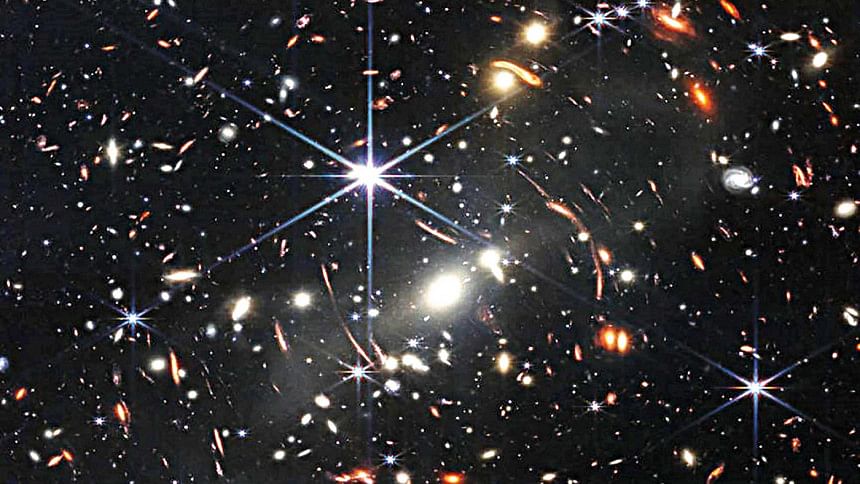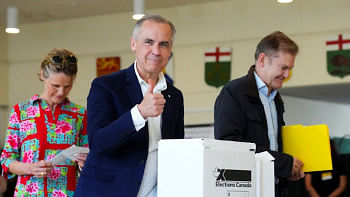NASA to hire Bangladeshi ‘scientists’ to get authentic images

The fact that NASA is famous for producing fake images of space and celestial objects, has again been proven.
NASA released their first official images of the deep fields of the universe, captured by the James Webb Space Telescope, a white elephant that cost more than $10 billion, which is higher than many countries' GDP, foreign reserves and so on.
Despite being unable to produce authentic images of the universe, many people, mostly comment warriors of Bangladesh, have questioned the need for this costly project, especially if the photos produced are actually created by a semi-talented, slightly eccentric, artist.
"I saw these photos and I can assure you that I can take better photos with my Nokia-1100. What's the point of spending $10 billion on a telescope and editing photos, taken from Google, with just a $100 phone?" Hilar Yas Harun, a gadget blogger, asked.
"How come they captured those images 4.6 billion years ago when cameras were not even invented?" Tiktoker Opu, a local electrician who failed in Science in his SSC exams, asked another pertinent question.
Another group of people viewed the images with suspicion, believing that there should have been a face clearly visible on those objects, such as the moon, stars, galaxies, etc., no matter how far or how tiny or big those objects were.
However, the absence of faces made some people utterly disappointed.
"These photos are absolutely fake. NASA has been bamboozling us since its inception as a rock-searching organisation. A constellation of stars without the face of our star is implausible," Protibadimanob Pintwo explained.
This disgruntlement did not stay confined within Bangladesh's boundaries, but soon draw NASA's attention. NASA scientists have been questioning what they have toiled decades for since learning that Bangladeshi scientists, also known as comment-warriors, claimed that these space images were fake and an art of mere fabrication.
So, they decided to hire some Bangladeshi scientists so that their assiduousness would never again go in vain. "We should have sent those images to Bangladeshi scientists for validation before releasing them officially. We left no stone unturned to get the most authentic images, but all that went up in smoke as better scientists from Bangladesh questioned the credibility of those images.
"I apologise to all of you and assure you at the same time that, it will not happen again as next time we will have Bangladeshi scientists, hired based on social media comments," the cheap chief of NASA said in a press conference.

 For all latest news, follow The Daily Star's Google News channel.
For all latest news, follow The Daily Star's Google News channel. 



Comments